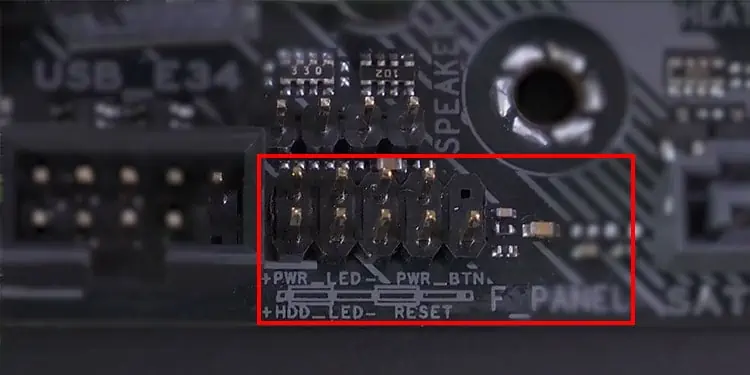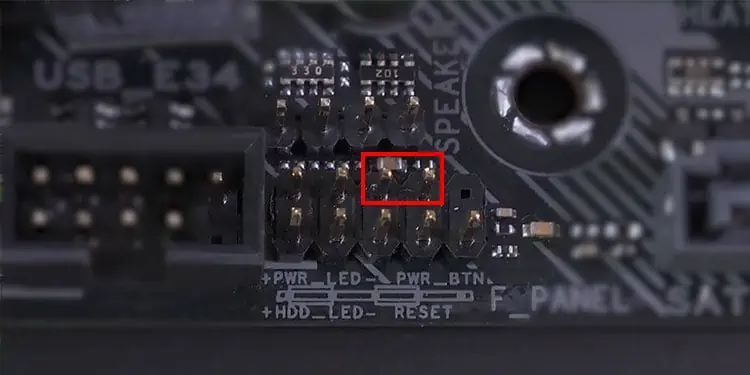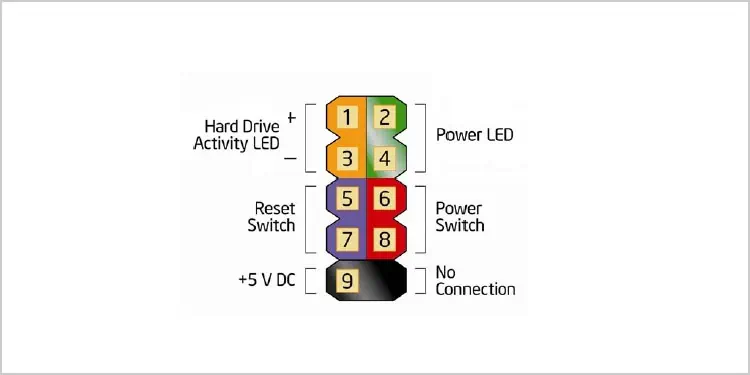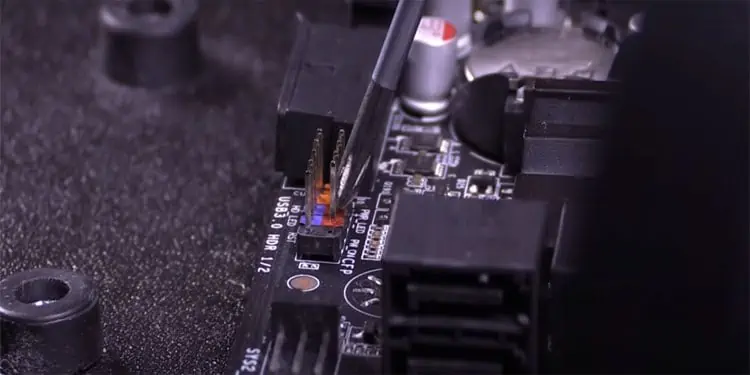When building a PC, you might want to turn it on before inserting it into the case to verify if everything function properly. But is that even possible? As it turns out using a flat screwdriver, you may easily turn on a computer without having it connected to a PC case.
So, without further delay, let’s get right into it.
One thing that you need to turn on a computer from the motherboard without a case is a metal conductor. However, this does not mean you should try using any metal piece that you find lying around anywhere.

It is best that you use aflatscrewdriver. The screwdriver has a handle, which, in our case, stops any current that might flow through your body.
Finally, ensure that youconnect the 24-pin and the 8-pin power supplyto the motherboard. These pins supply power to the motherboard and the processor. You cannot turn on the PC unless you have connected these two cables.
The other thing that you might require is amotherboard’s user manual. Depending on the motherboard, components that we need to jump-start a computer can be located anywhere. So, to find said component, you should that you put your motherboard’s user manual nearby.

Turning on the Computer From Motherboard Without Case
To jump-start a motherboard, you need to short circuit the power switch using a screwdriver. Pretty simple right? Well, locating the power switch can be quite tricky and confusing for beginners and even amateurPC builders. Furthermore, short-circuiting the wrong headers can render your entire motherboard useless.
To avoid this exact situation, we have explained each step in detail to locate and short circuit the power switch.
Locate the Front Panel Header from Motherboard
If you ever wonder how a motherboard connects to the CPU case, it is through the front panel connectors. The Front panel headers on the motherboard supply power to the case’s Hard drive LED, power LED, reset switch, and power switch using a single pin that supplies 5V DC.

The front panel headers have ten pins and are indicated by writings, such asF_PANEL,JFP1, orFP1on the motherboard. These pins are usually located on the edge of your motherboard.
Most motherboards are equipped with a 10-pin front panel header. However, there are some motherboards that use a 20-pin front panel header.
If you cannot locate the front panel headers, please refer to the motherboard’s user manual to find them.
